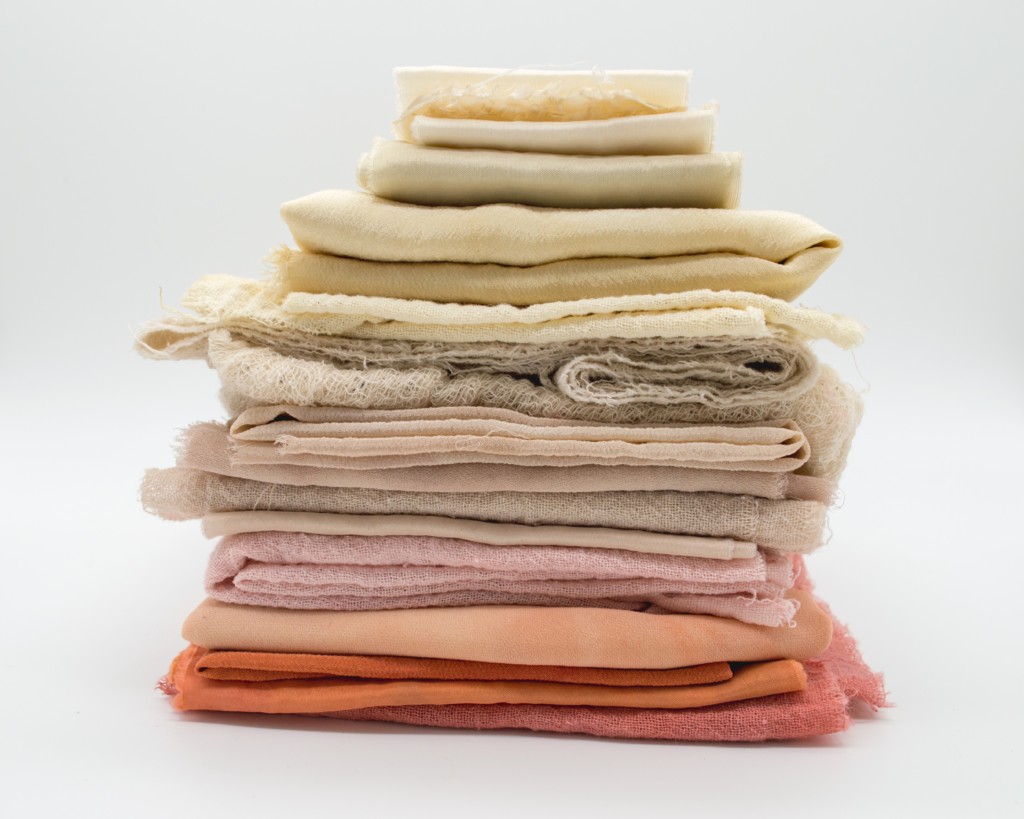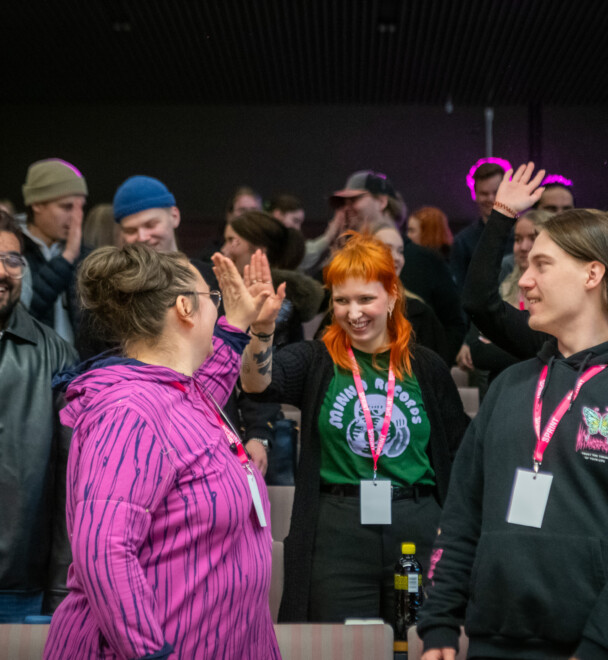
What is the current status on Finland’s textile waste handling?
Textile has been a part of human culture for tens of thousands of years, as it aided our survival, which later evolved for different uses, however, it has snowballed into an environmental issue we now must deal with today.

This article is written by Jennifer Hyvärinen. She´s a 4th year energy and environmental engineer student, gardener and animal lover. She participated in HUBS´s Summer Innovation Challenge -course last summer, where teams worked with circular economy pioneer Globe Hope.
The overproduction of textile consumes an immense amount of non-renewal natural resources and pollutes the environment with harsh chemicals as well as greenhouse gases. Solutions for this issue has been in the works all over the world, with different innovations arising as science and technology evolves. This allows the integration of a circular economy into the textile industry.
Finland is known to be one of the greenest countries, therefore, it is expected that we would have an excellent recycling system. Although we are doing a great job, there are many areas that could be improved. Luckily, due to the new EU waste directive renewal, pressure has been applied to put recycling systems on the priority list, with the focus on textile waste.
Currently, textile waste is categorized by different waste handling centers as mixed waste, they have guides on how to deal with different textile to be as sustainable as possible. There are possibilities of bringing useable textile waste to secondhand stores (such as UFF and Fida) or collection points, as well as end of life textile waste to sorting stations. However, this becomes an inconvenience for many people as the availability of these collection point is low, therefore textile waste ends up in the mixed waste bins, which is incinerated for energy recovery. With monetary motivation like selling used clothes online (like Emmy or Rekki) or at thrift stores, has shown that the rate of usable clothes getting incinerated has reduced.
Awareness is increasing
The awareness of textile industry’s carbon footprint has been increasing over the past few years. As the consumption of raw material and energy to produce textile especially in the fast fashion world, has put tremendous pressure on the earth’s natural resources. Fortunately, Nordic’s first large scale refinement center for end-of-life textile is expected to open in the beginning of autumn of 2021. This means that another option is available for end-of-life textile, which will increase the recycling rate of textile waste in Finland.
I´m passionate about the environment and love improving my knowledge on the topic, in hopes that I can contribute to making our home a cleaner and safer place.”
Jennifer Hyvärinen
4th year energy and environmental engineer student
Upcoming waste directive renewal on textile waste
EU waste directives renewed introduces new strategy for textile waste, where members of the EU must set up separate collection system for textile waste, by 2025. The new waste framework directives also require member states to promote reusing and repairing textile. The guides of efficient waste separation and collection will be provided to the member states by the commission.
Finland has set its own goal of providing a separate collection for textile waste by 2023. An estimation was made, regarding the percentage of household end of life textile separated and collected, which is estimated to be currently at 44%. There is still a lot of work to do to increase the percentage of textile waste separation, in order to reach the goal by 2023.
Textile Innovations in Finland
Finland’s sustainable innovations have started to catch international attention, including the textile waste industry. With multiple companies creating textile out of recycled materials, along with uprising innovations continuing to arise. The future of textile industry transitioning to a circular economy looks promising. With many universities researching and working on finding new ways to contribute to help reduce the usage of virgin materials and increase the recycling percentage of textile waste.
Below is a list of Finnish companies and innovative projects that have contributed to solving the textile waste issue, along with converting the textile industry into the circular economy.
- Spinnova
- Infinited Fiber Company
- Ioncell technology
- Metsä Spring
- Fortum Bio2 textile fiber
- Biocelsol
- Rester Oy
- Nextiili
- Purewaste
- GlobeHope
- Dafecor Oy
- Telaketju
- VTT
For further readings on textile recycling and innovation, I’d like to direct you to a great blog written on textile recycling in Finland, written by Juha Merta.
https://www.textilerecycling.fi
Stories

I was surprised by everything I could achieve – Helena’s best Sprint lessons
In this blog, Helena shares practical lessons, surprises, and insights from the Sprint Innovation Festival from the perspective of a participant!

How could a humanities student benefit from entrepreneurial skills?
Discover the perspectives of our student team on entrepreneurial skills from the viewpoint of humanities and social sciences students!

Toward a more Humane Working Life Through Entrepreneurship? Sprint Partner Kasvussa Oy’s story
Why is participating in the Sprint Innovation Festival as a working life partner important for Kasvussa Oy? Founder Noora shares her thoughts!